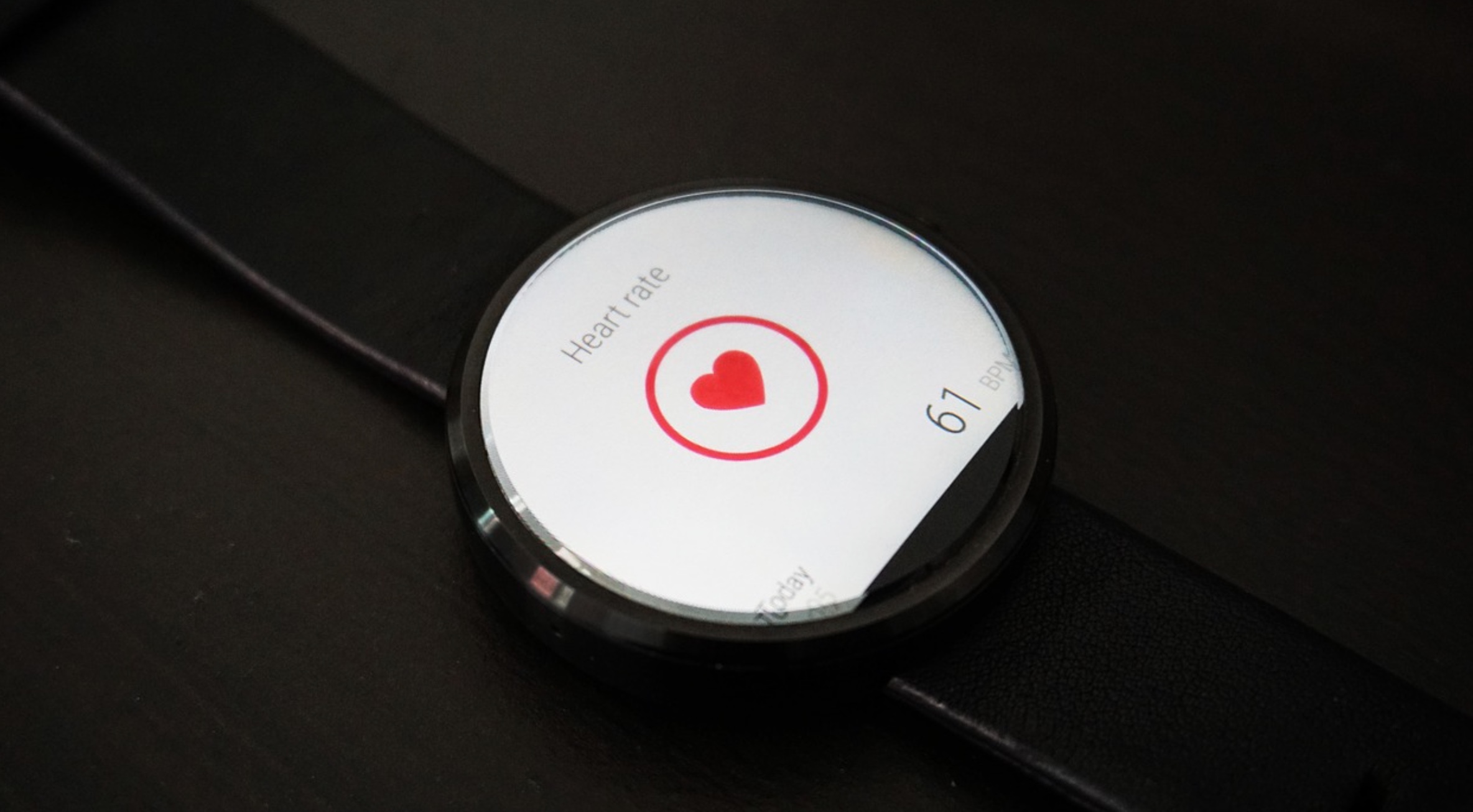It’s no secret that resting is just as important as training, but still it’s hard to tell how much recovery time you need in between training sessions. Sometimes you might wonder in the morning what exactly it is that your body needs today: is it a short and easy recovery run after yesterday’s hard session? Should you plan a rest day? Or is your body ready to hit the gas for another hard interval sessions? More and more athletes have started using Heart Rate Variability (HRV) to get the answers to these questions. But how does HRV work, and how can it help you get an insight into your fatigue? We’ve got you covered:
Your HRV is calculated by looking at the milliseconds’ interval in between your heart beats, like illustrated in the image below. The short moments of “rest” in between heart beats is meant to vary. Every heart rate is slightly irregular, but while it may seem like a bad thing, you actually want this variation. There are multiple ways in which HRV is measured, but it always comes down to a calculation based on the length of your heart rate intervals. When the time in between heart beats is quite constant, it means your HRV is low. On the other hand, if it constantly changes, you have a higher HRV. The latter can be interpreted as a well-recovered and rested body. There are sports watches that read HRV from the wrist whilst sleeping, but you can also retrieve your HRV by using a heart rate strap during training.
Text continues below picture
How is HRV affected
The variation in your heart beat is affected by the autonomic nervous system. This system regulates – among others – your heart rate, blood pressure and breathing. The system can be divided into two components: the sympathetic- and parasympathetic nervous system. Our brain is constantly processing information, which is sent out to the rest of our body via the nervous system to stimulate or, instead, relax certain functions. A sleepless night, excitement for a certain event, a fight with your partner; these are all things that can affect the system. Even though our body is used to cope witch such ups and downs, constantly asking too much of your body – both physically and mentally – can throw us off balance after a while. We can see that when looking at HRV. It can be said that when our parasympathetic system is active and our sympathetic system is inactive, our heart rate is low and the HRV is high, and vice versa.
An ideal HRV
Just like a heart rate, the standard HRV “range” differs from person to person. Therefor, it’s important to get an idea of your average HRV by tracking it for a longer period of time before you start drawing conclusions. The most accurate way to measure your HRV is via a heart rate strap on your chest, but you can also use a watch or even a phone to measure it from the wrist or hand. Once you have about a month of data collected, you should be able to tell how high your HRV is when you are rested and how low it is when you’re tired. If you can’t tell by the way you feel whether you’re ready for a long ride or a hard run, your HRV will now help you out.
Some athletes use their resting heart rate to get an idea of how tired they are, but this isn’t as sensitive and therefor accurate as your HRV.



